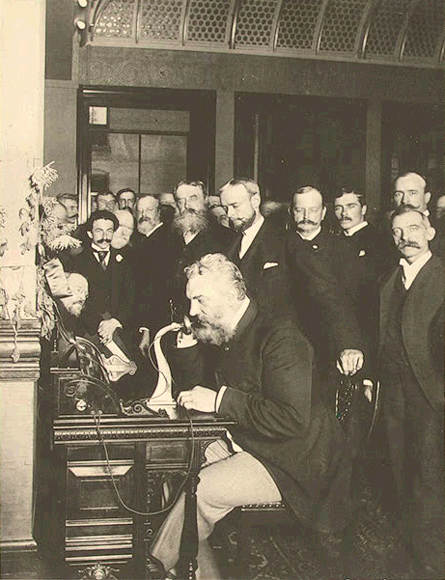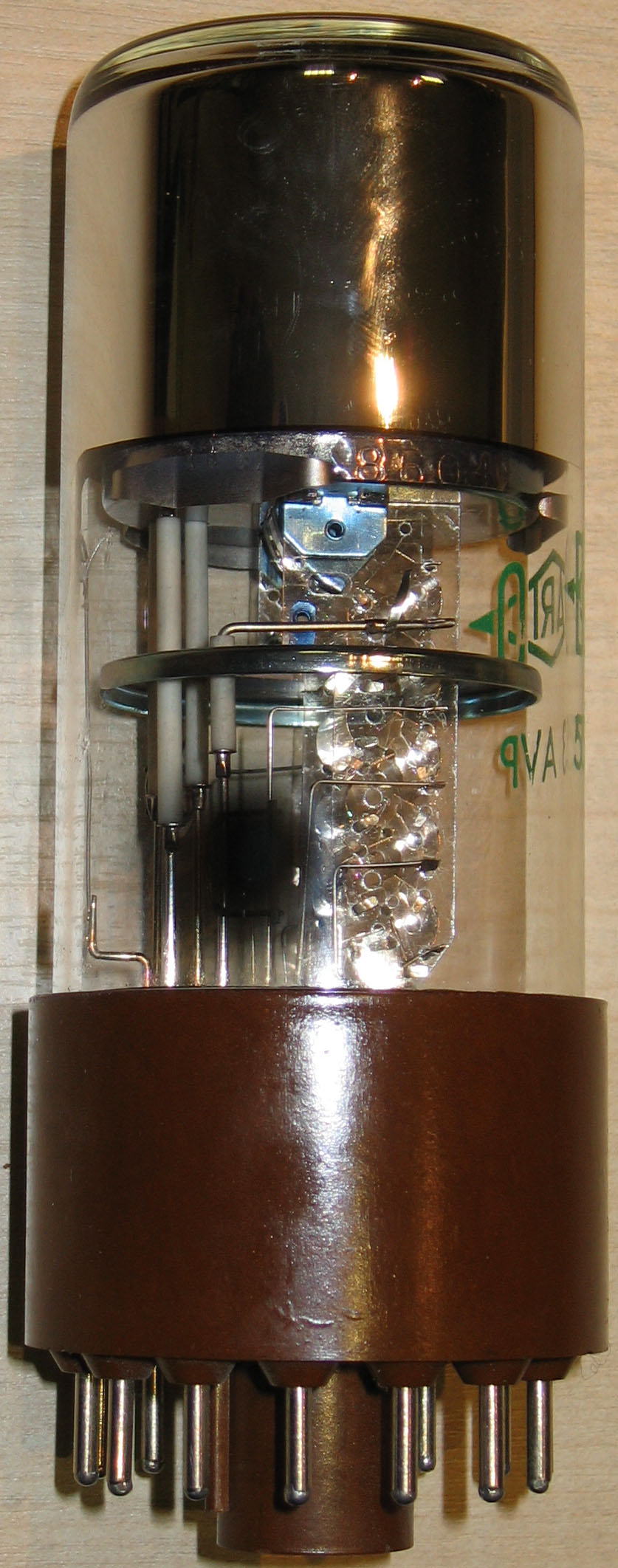|
LZ Experiment
The LUX-ZEPLIN (LZ) Experiment is a next-generation dark matter direct detection experiment hoping to observe weakly interacting massive particles (WIMP) scatters on nuclei. It was formed in 2012 by combining the LUX and ZEPLIN groups. It is currently a collaboration of 30 institutes in the US, UK, Portugal and Russia. The experiment is located at the Sanford Underground Research Facility (SURF) in South Dakota, and is managed by DOE's Lawrence Berkeley National Lab (Berkeley Lab). The experiment uses an ultra-sensitive detector made of 10 tons of liquid xenon to hunt for signals of WIMP-nucleus interactions. It is one of three such experiments which lead the search for direct detection of WIMPs above 10 GeV/c2, the other two being the XENONnT experiment and the PANDAX-4T experiment. In the spring of 2015, LZ passed the 'Critical Decision Step 1' or CD-1 review, and became an official DOE project. U.S. Department of Energy officials on Sept. 21, 2020 formally signed off on p ... [...More Info...] [...Related Items...] OR: [Wikipedia] [Google] [Baidu] |
Weakly Interacting Massive Particles
Weakly interacting massive particles (WIMPs) are hypothetical particles that are one of the proposed candidates for dark matter. There exists no formal definition of a WIMP, but broadly, a WIMP is a new elementary particle which interacts via gravity and any other force (or forces), potentially not part of the Standard Model itself, which is as weak as or weaker than the weak nuclear force, but also non-vanishing in its strength. Many WIMP candidates are expected to have been produced thermally in the early Universe, similarly to the particles of the Standard Model according to Big Bang cosmology, and usually will constitute cold dark matter. Obtaining the correct abundance of dark matter today via thermal production requires a self-annihilation cross section of \langle \sigma v \rangle \simeq 3 \times 10^ \mathrm^ \;\mathrm^, which is roughly what is expected for a new particle in the 100 GeV mass range that interacts via the electroweak force. Experimental efforts to dete ... [...More Info...] [...Related Items...] OR: [Wikipedia] [Google] [Baidu] |
Cryostat
A cryostat (from ''cryo'' meaning cold and ''stat'' meaning stable) is a device used to maintain low cryogenic temperatures of samples or devices mounted within the cryostat. Low temperatures may be maintained within a cryostat by using various refrigeration methods, most commonly using cryogenic fluid bath such as liquid helium. Hence it is usually assembled into a vessel, similar in construction to a vacuum flask or Dewar. Cryostats have numerous applications within science, engineering, and medicine. Types Closed-cycle cryostats Closed-cycle cryostats consist of a chamber through which cold helium vapour is pumped. An external mechanical refrigerator extracts the warmer helium exhaust vapour, which is cooled and recycled. Closed-cycle cryostats consume a relatively large amount of electrical power, but need not be refilled with helium and can run continuously for an indefinite period. Objects may be cooled by attaching them to a metallic coldplate inside a vacuum ch ... [...More Info...] [...Related Items...] OR: [Wikipedia] [Google] [Baidu] |
Science And Technology In The United States
Science and technology in the United States has a long history, producing many important figures and developments in the field. The United States of America came into being around the Age of Enlightenment (1685 to 1815), an era in Western philosophy in which writers and thinkers, rejecting the perceived superstitions of the past, instead chose to emphasize the intellectual, scientific and cultural life, centered upon the 18th century, in which reason was advocated as the primary source for legitimacy and authority. Enlightenment philosophers envisioned a "republic of science," where ideas would be exchanged freely and useful knowledge would improve the lot of all citizens. The United States Constitution itself reflects the desire to encourage scientific creativity. It gives the United States Congress the power "to promote the progress of science and useful arts, by securing for limited times to authors and inventors the exclusive right to their respective writings and discove ... [...More Info...] [...Related Items...] OR: [Wikipedia] [Google] [Baidu] |
MicroBooNE
MicroBooNE is a liquid argon time projection chamber (LArTPC) at Fermilab in Batavia, Illinois. It is located in the Booster Neutrino Beam (BNB) beamline where neutrinos are produced by colliding protons from Fermilab's booster-accelerator on a beryllium target; this produces many short-lived particles (mainly charged pions) that decay into neutrinos. The neutrinos pass through solid ground (to filter out particles that are not neutrinos from the beam), through another experiment called ANNIE, then solid ground, then through the Short Baseline Near Detector ( SBND, in construction, expected to begin operation 2023), then ground again before it arrives at the MicroBooNE detector 470 meters downrange from the target. After MicroBooNE the neutrinos continue to the MiniBooNE detector and to the ICARUS detector. MicroBooNE is also exposed to the neutrino beam from the Main Injector (NuMI) which enter the detector at a different angle. MicroBooNE's two main physics goals are to investiga ... [...More Info...] [...Related Items...] OR: [Wikipedia] [Google] [Baidu] |
High Voltage
High voltage electricity refers to electrical potential large enough to cause injury or damage. In certain industries, ''high voltage'' refers to voltage above a certain threshold. Equipment and conductors that carry high voltage warrant special safety requirements and procedures. High voltage is used in electrical power distribution, in cathode ray tubes, to generate X-rays and particle beams, to produce electrical arcs, for ignition, in photomultiplier tubes, and in high-power amplifier vacuum tubes, as well as other industrial, military and scientific applications. Definition The numerical definition of depends on context. Two factors considered in classifying a voltage as high voltage are the possibility of causing a spark in air, and the danger of electric shock by contact or proximity. The International Electrotechnical Commission and its national counterparts (IET, IEEE, VDE, etc.) define ''high voltage'' as above 1000 V for alternating current, and at ... [...More Info...] [...Related Items...] OR: [Wikipedia] [Google] [Baidu] |
Electroluminescence
Electroluminescence (EL) is an optical phenomenon, optical and electrical phenomenon, in which a material emits light in response to the passage of an electric current or to a strong electric field. This is distinct from black body light emission resulting from heat (incandescence), a chemical reaction (chemiluminescence), sound (sonoluminescence), or other mechanical action (mechanoluminescence). Mechanism Electroluminescence is the result of radiative recombination of electrons & electron hole, holes in a material, usually a semiconductor. The excited electrons release their energy as photons - light. Prior to recombination, electrons and holes may be separated either by doping (semiconductors), doping the material to form a p-n junction (in semiconductor electroluminescent devices such as light-emitting diodes) or through excitation by impact of high-energy electrons accelerated by a strong electric field (as with the phosphors in electroluminescent displays). It has been r ... [...More Info...] [...Related Items...] OR: [Wikipedia] [Google] [Baidu] |
Electric Field
An electric field (sometimes E-field) is the physical field that surrounds electrically charged particles and exerts force on all other charged particles in the field, either attracting or repelling them. It also refers to the physical field for a system of charged particles. Electric fields originate from electric charges and time-varying electric currents. Electric fields and magnetic fields are both manifestations of the electromagnetic field, one of the four fundamental interactions (also called forces) of nature. Electric fields are important in many areas of physics, and are exploited in electrical technology. In atomic physics and chemistry, for instance, the electric field is the attractive force holding the atomic nucleus and electrons together in atoms. It is also the force responsible for chemical bonding between atoms that result in molecules. The electric field is defined as a vector field that associates to each point in space the electrostatic ( Coulomb) for ... [...More Info...] [...Related Items...] OR: [Wikipedia] [Google] [Baidu] |
Scintillation (physics)
Scintillation is the physical process where a material, called scintillator, emits UV or visible light under excitation from high energy photons (X-rays or γ-rays) or energetic particles,(such as electrons, alpha particles, neutrons or ions). See scintillator and scintillation counter for practical applications. Overview The process of scintillation is one of luminescence whereby light of a characteristic spectrum is emitted following the absorption of radiation. The scintillation process can be summarized in three main stages (A) conversion, (B) transport and energy transfer to the luminescence center, and (C) luminescence. The emitted radiation is usually less energetic than the absorbed radiation, hence generally scintillation is a down-conversion process. Conversion processes The first stage of scintillation, conversion, is the process where the energy from the incident radiation is absorbed by the scintillator and highly energetic electrons and holes are created in th ... [...More Info...] [...Related Items...] OR: [Wikipedia] [Google] [Baidu] |
Kinetic Energy
In physics, the kinetic energy of an object is the energy that it possesses due to its motion. It is defined as the work needed to accelerate a body of a given mass from rest to its stated velocity. Having gained this energy during its acceleration, the body maintains this kinetic energy unless its speed changes. The same amount of work is done by the body when decelerating from its current speed to a state of rest. Formally, a kinetic energy is any term in a system's Lagrangian which includes a derivative with respect to time. In classical mechanics, the kinetic energy of a non-rotating object of mass ''m'' traveling at a speed ''v'' is \fracmv^2. In relativistic mechanics, this is a good approximation only when ''v'' is much less than the speed of light. The standard unit of kinetic energy is the joule, while the English unit of kinetic energy is the foot-pound. History and etymology The adjective ''kinetic'' has its roots in the Greek word κίνησις ''kinesis'', m ... [...More Info...] [...Related Items...] OR: [Wikipedia] [Google] [Baidu] |
Photomultiplier Tube
Photomultiplier tubes (photomultipliers or PMTs for short) are extremely sensitive detectors of light in the ultraviolet, visible, and near-infrared ranges of the electromagnetic spectrum. They are members of the class of vacuum tubes, more specifically vacuum phototubes. These detectors multiply the current produced by incident light by as much as 100 million times or 108 (i.e., 160 dB),Decibels are power ratios. Power is proportional to I2 (current squared). Thus a current gain of 108 produces a power gain of 1016, or 160 dB in multiple dynode stages, enabling (for example) individual photons to be detected when the incident flux of light is low. The combination of high gain, low noise, high frequency response or, equivalently, ultra-fast response, and large area of collection has maintained photomultipliers an essential place in low light level spectroscopy, confocal microscopy, Raman spectroscopy, fluorescence spectroscopy, nuclear and particle physics, astronomy, medical ... [...More Info...] [...Related Items...] OR: [Wikipedia] [Google] [Baidu] |
Photon
A photon () is an elementary particle that is a quantum of the electromagnetic field, including electromagnetic radiation such as light and radio waves, and the force carrier for the electromagnetic force. Photons are massless, so they always move at the speed of light in vacuum, (or about ). The photon belongs to the class of bosons. As with other elementary particles, photons are best explained by quantum mechanics and exhibit wave–particle duality, their behavior featuring properties of both waves and particles. The modern photon concept originated during the first two decades of the 20th century with the work of Albert Einstein, who built upon the research of Max Planck. While trying to explain how matter and electromagnetic radiation could be in thermal equilibrium with one another, Planck proposed that the energy stored within a material object should be regarded as composed of an integer number of discrete, equal-sized parts. To explain the photoelectric effect, Eins ... [...More Info...] [...Related Items...] OR: [Wikipedia] [Google] [Baidu] |







